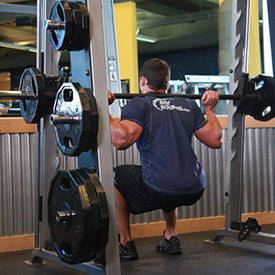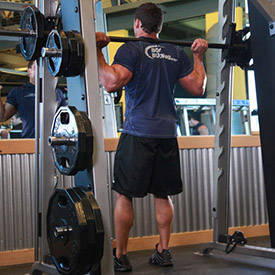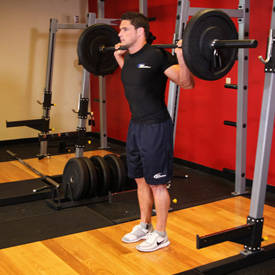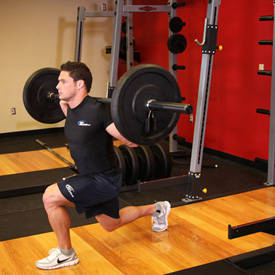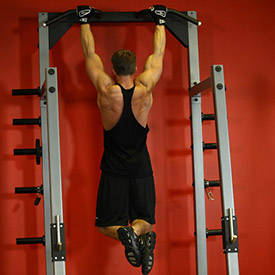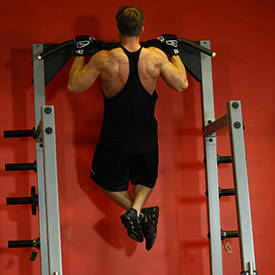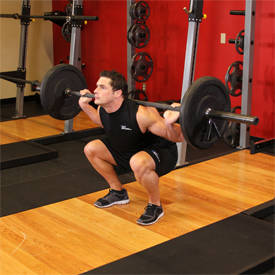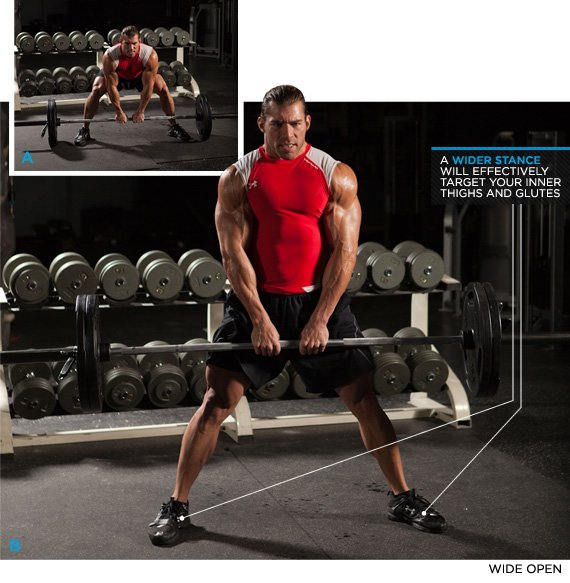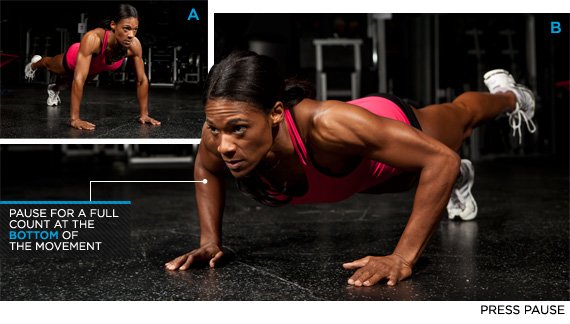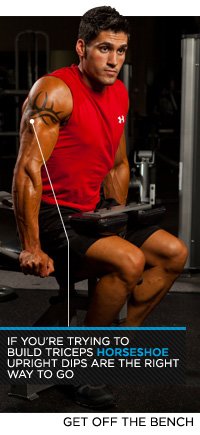Bodybuilding - Natural Ways of Producing More Growth Hormone
Your body has a lot of different ways of
compromising with stress, secreting different hormones to regulate the body when
under certain conditions. Do you ever wonder why bodybuilders drink so much
water, or decide to sodium load before competitions? It is a natural way to make
you body get rid of excess water. Well now lets take a look at natural growth
hormone (now days you can't say that in a gym without getting some weird
response or look). Your body has it's own growth hormone gland or the anterior
pituitary gland if you will, stimulating it will produce and increase;
1. Promotes muscle growth
2. Makes use of stored fat
3. Protein production
4. Decreases your use for carbohydrates for energy.
List of rules to stimulate more growth hormone naturally
1. Eat low glycemic carbohydrates before training for example pastas, oatmeal, etc.
2. Go to bed on an empty stomach (no heavy carbs). Carbohydrates produce insulin, which can help store fat. Your body will only produce one at a time.
3. Training in short, intense workouts 2-3 times a day.
4. Wear warm clothing.
5. Getting enough deep sleep. It is produced in the first hour or so.
6. Using certain aminos throughout the day. Ornithine, arginine.
7. Eating a balanced diet. Carbs/protein/fat.
8. Eating 5-7 times a day.
9. Using the sauna 20 minutes a day.
10. Training using powerful lifts for example squats, dead lifts and power cleans.
11. Take naps.
12. Avoid doing the same exercise every time you go into the gym. This produces more HGH response.
1. Promotes muscle growth
2. Makes use of stored fat
3. Protein production
4. Decreases your use for carbohydrates for energy.
List of rules to stimulate more growth hormone naturally
1. Eat low glycemic carbohydrates before training for example pastas, oatmeal, etc.
2. Go to bed on an empty stomach (no heavy carbs). Carbohydrates produce insulin, which can help store fat. Your body will only produce one at a time.
3. Training in short, intense workouts 2-3 times a day.
4. Wear warm clothing.
5. Getting enough deep sleep. It is produced in the first hour or so.
6. Using certain aminos throughout the day. Ornithine, arginine.
7. Eating a balanced diet. Carbs/protein/fat.
8. Eating 5-7 times a day.
9. Using the sauna 20 minutes a day.
10. Training using powerful lifts for example squats, dead lifts and power cleans.
11. Take naps.
12. Avoid doing the same exercise every time you go into the gym. This produces more HGH response.
